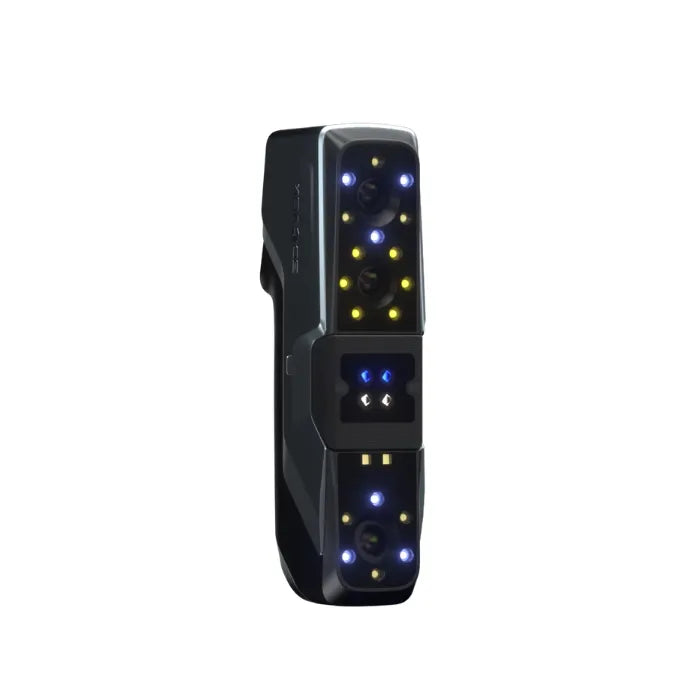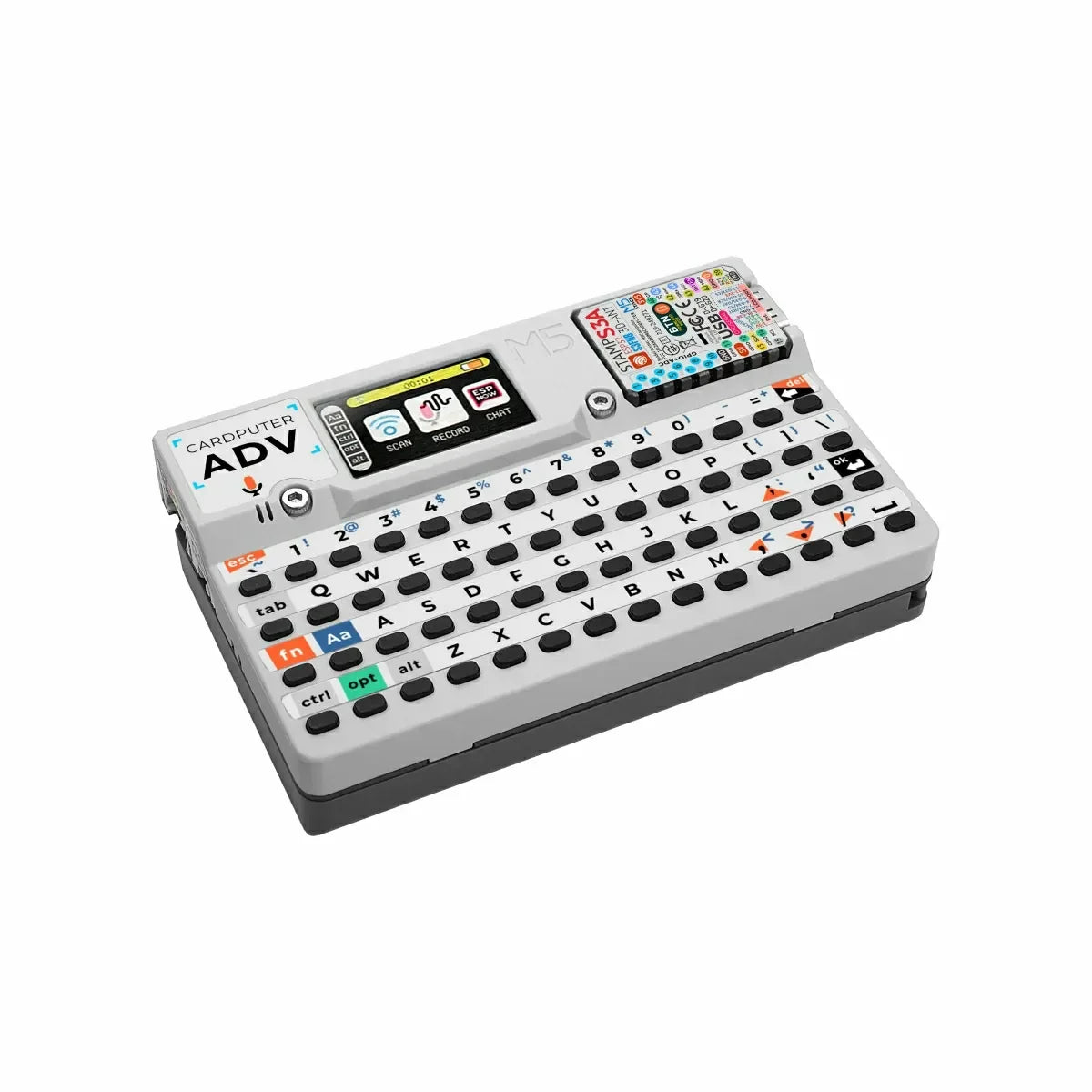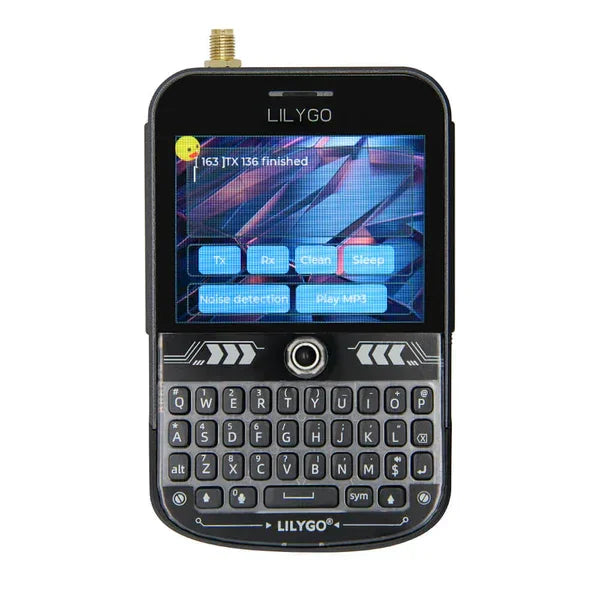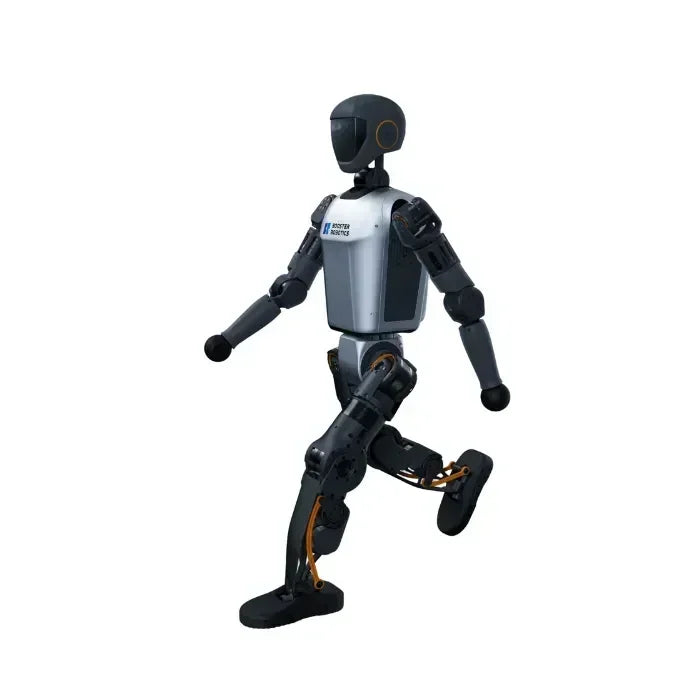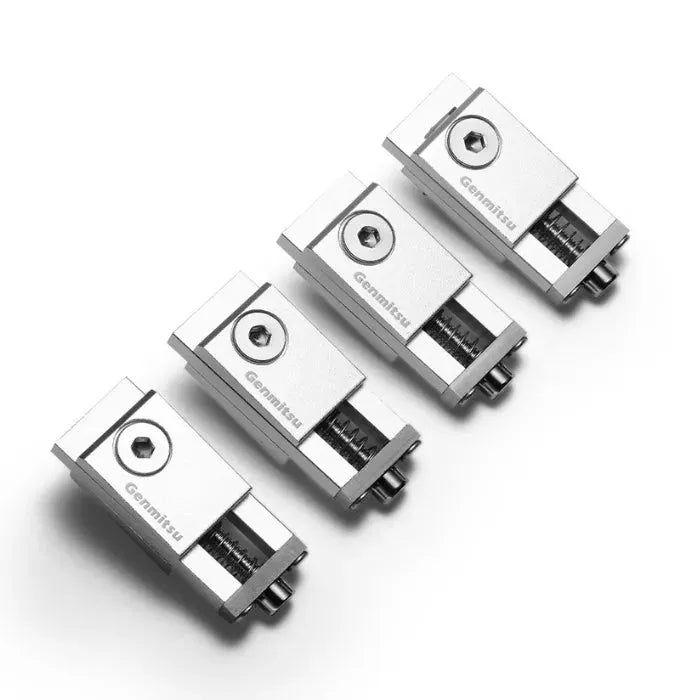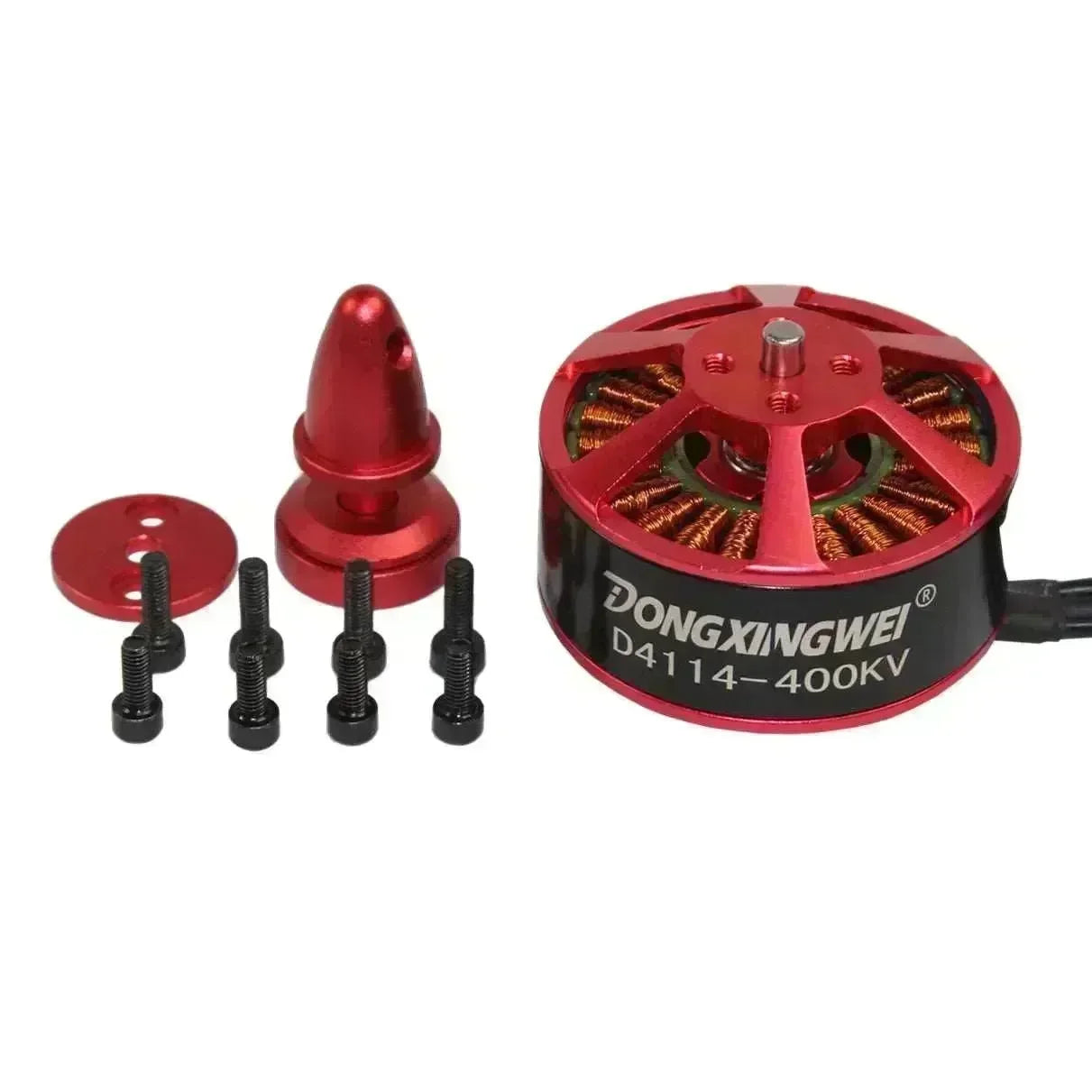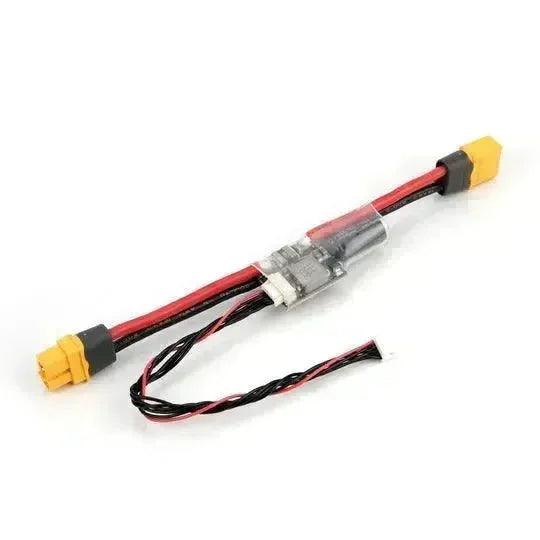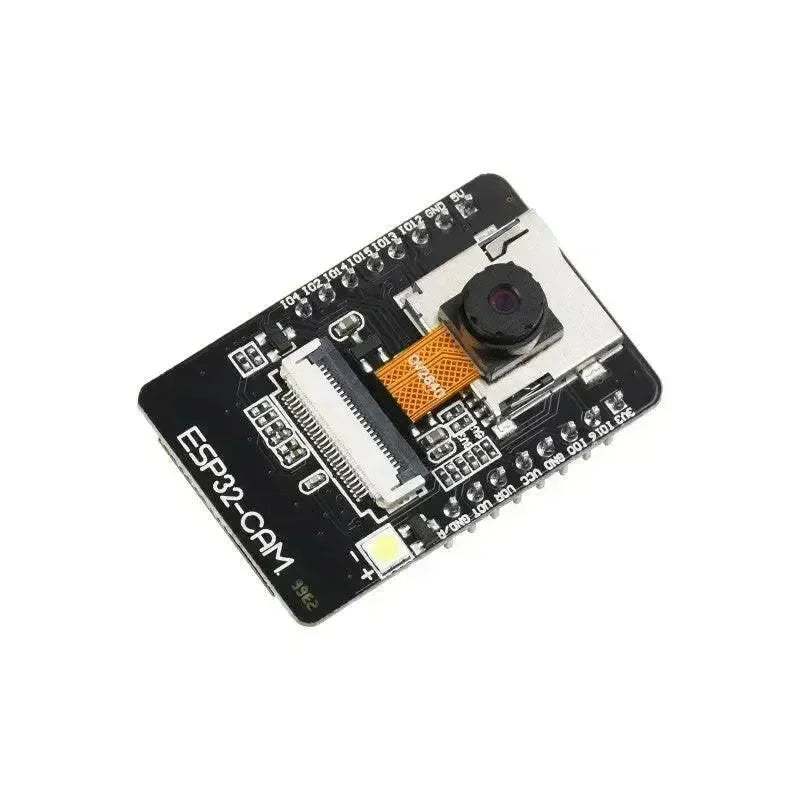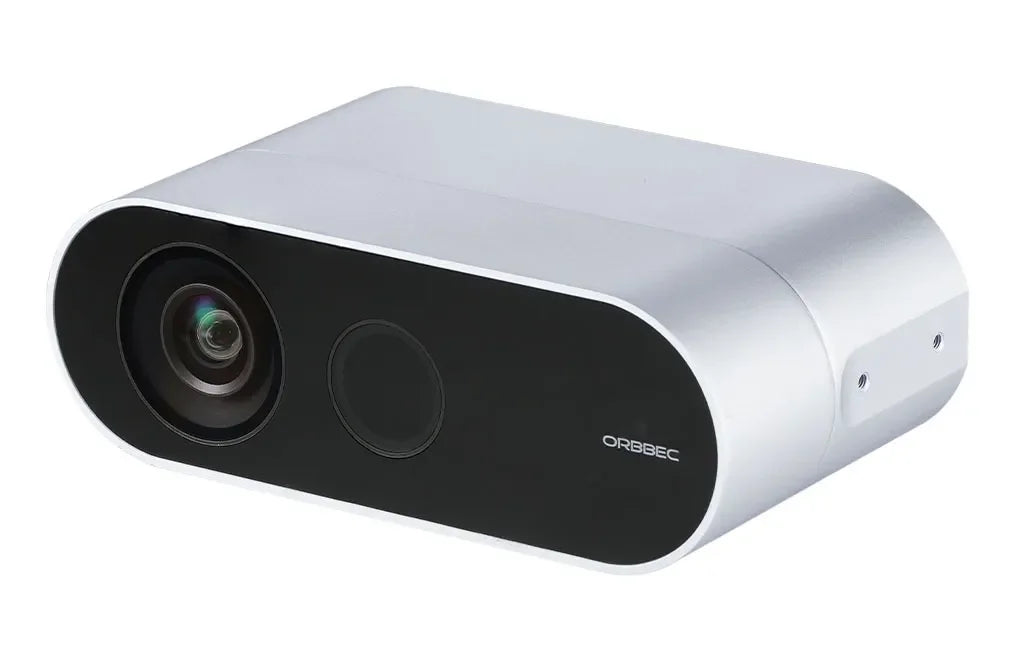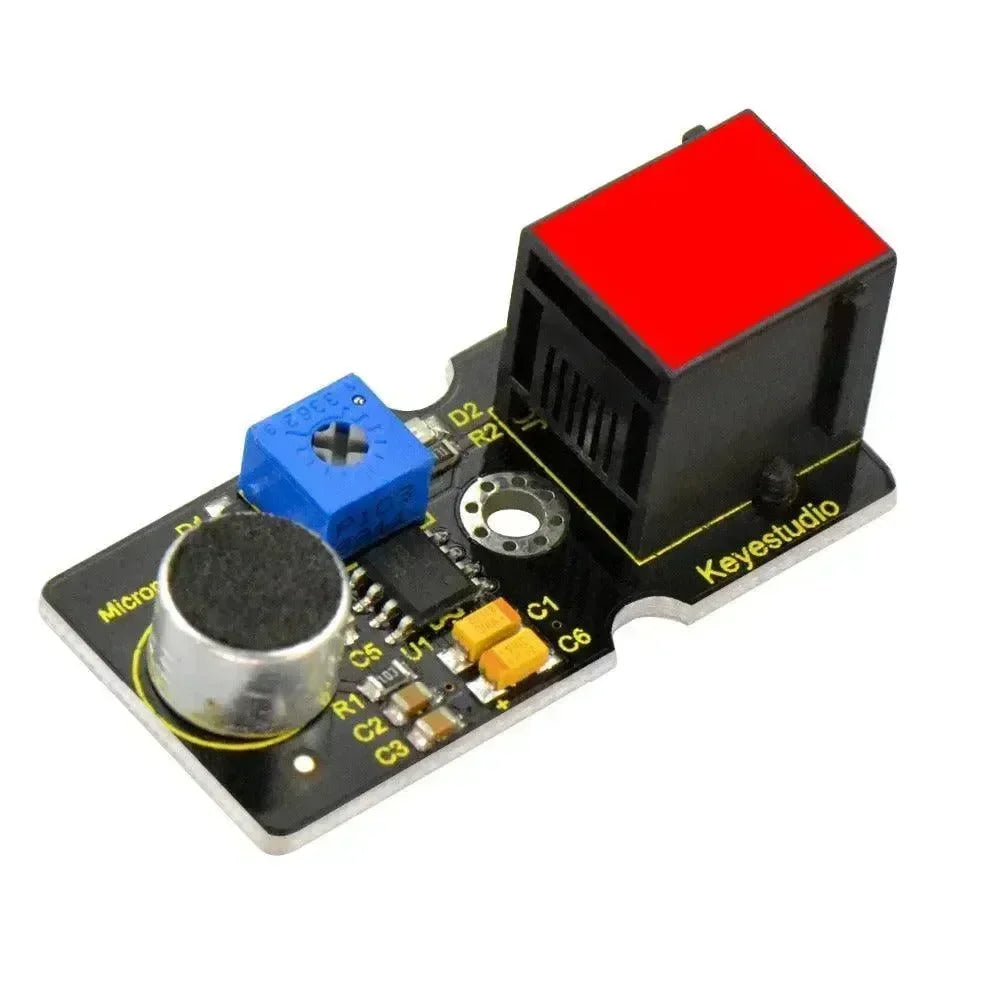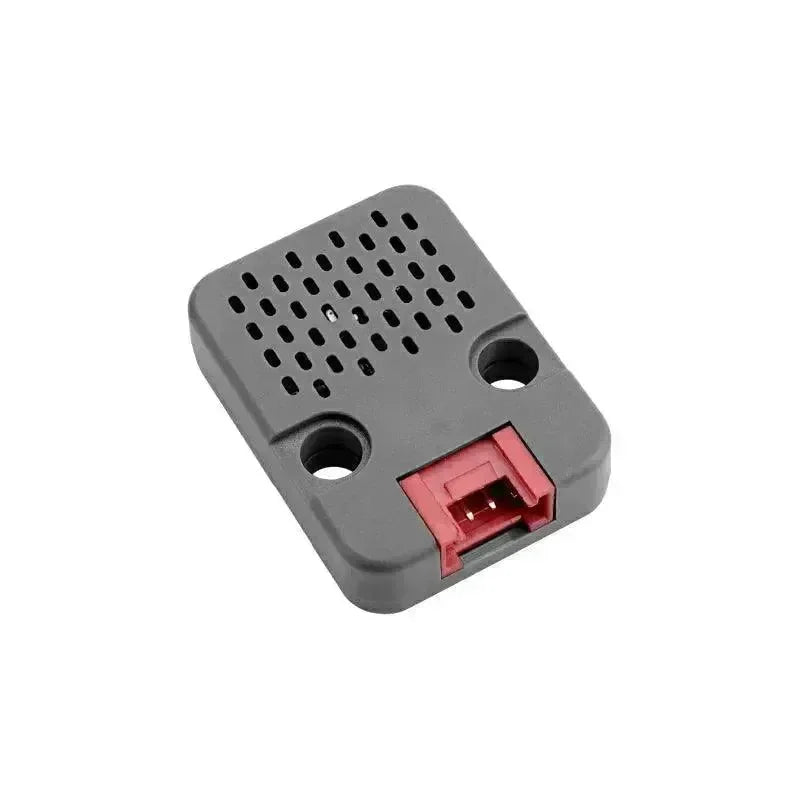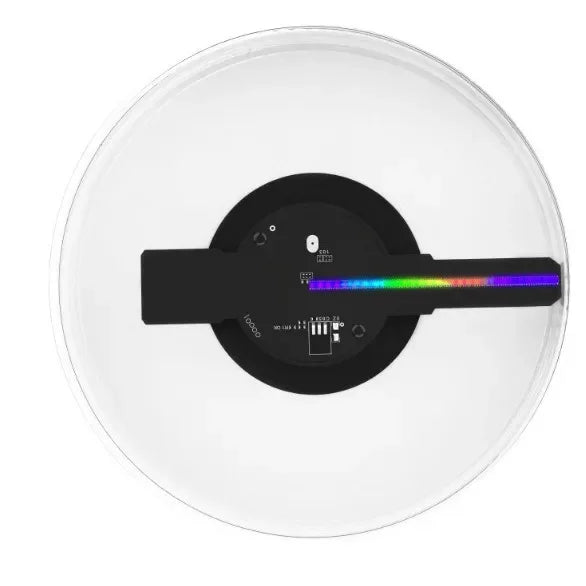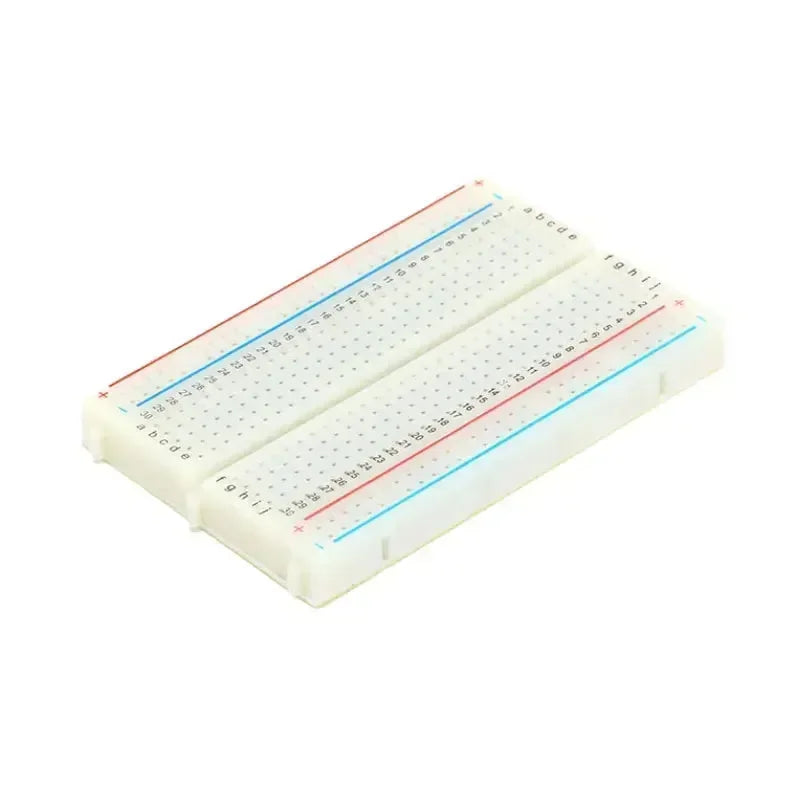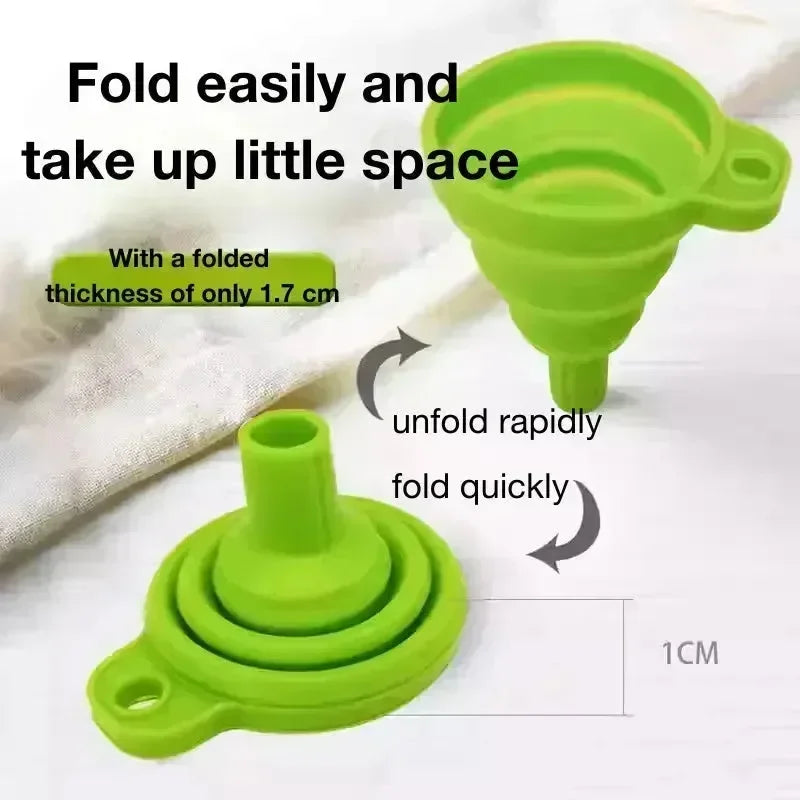
As AI-powered cameras become essential tools in smart hardware development, developers are faced with multiple options tailored to different project requirements. Two prominent choices in the market today are the newly released Raspberry Pi AI Camera and the Gravity Huskylens AI Camera by DFRobot. While both provide robust AI features, they cater to different use cases, and understanding their strengths and limitations can help developers make an informed decision.
Overview of Each Camera
Raspberry Pi AI Camera (Around 78.5 Euro)

The Raspberry Pi AI Camera is designed to enhance machine vision applications by integrating seamlessly with Raspberry Pi systems. Equipped with a powerful neural network processor, this camera is capable of performing complex tasks such as object detection, facial recognition, and image classification directly on the device. As a part of the Raspberry Pi ecosystem, it offers tight integration with the Raspberry Pi OS and development tools, making it highly compatible with a wide range of AI and machine learning projects.
Key features:
- Neural network processor: Capable of on-device AI processing.
- High-resolution imaging: Supports detailed image capture, ideal for machine vision.
- Seamless integration with Raspberry Pi: Plug-and-play with Raspberry Pi systems and Raspberry Pi OS.
- Extensive developer support: Documentation and community support are readily available.

Object Recognition by Raspberry Pi AI Camera

Gesture Recognition by Raspberry Pi AI Camera
Gravity Huskylens AI Camera (Around 54.9 Euro)

The Gravity Huskylens AI Camera is a user-friendly AI vision sensor that simplifies object tracking, facial recognition, and various AI vision tasks. Unlike the Raspberry Pi AI Camera, Huskylens focuses on accessibility, offering built-in AI models that are easy to use without the need for complex coding. With its plug-and-play functionality, Huskylens can be integrated into projects with microcontrollers like Arduino, making it suitable for beginner and intermediate developers seeking fast and efficient AI solutions.
Key features:
- Built-in AI models: Pre-trained models for object detection, facial recognition, and more.
- User-friendly interface: No complex programming required for basic AI tasks.
- Wide compatibility: Works with microcontrollers such as Arduino, ESP32, and Raspberry Pi.
- Compact design: Ideal for portable or small-scale projects.

Main Features of Huskylens AI Camera
Comparison of Features
| Feature | Raspberry Pi AI Camera | Gravity Huskylens AI Camera |
|---|---|---|
| AI Capabilities | On-device neural network processing for complex AI tasks | Built-in AI models for quick object and facial recognition |
| Integration | Seamless with Raspberry Pi OS and hardware | Compatible with Raspberry Pi and other controllers like Arduino and ESP32 |
| Customization | High customization with Raspberry Pi ecosystem and libraries | Limited customization, pre-trained models |
| Resolution | High-resolution image capture for detailed vision tasks | Adequate resolution for basic object detection and tracking |
| Ease of Use | Requires more setup and knowledge of AI frameworks | Plug-and-play with minimal coding knowledge required |
| Price Range | Typically higher due to advanced AI capabilities | Generally more affordable for quick and simple AI tasks |
| Power Consumption | Higher due to advanced processing | Lower, optimized for microcontroller-based systems |
Pros and Cons
Raspberry Pi AI Camera
Pros:
- Advanced AI Processing: Capable of handling more complex AI tasks, such as deep learning models for computer vision applications.
- High Customizability: Offers deep customization options for developers familiar with AI and machine learning frameworks.
- Seamless Integration: Excellent compatibility with Raspberry Pi boards, ideal for those already within the Raspberry Pi ecosystem.
Cons:
- Steeper Learning Curve: Requires familiarity with machine learning frameworks and potentially more time to set up for new developers.
- Higher Power Usage: The onboard AI processing requires more power compared to simpler AI cameras.
- Cost: Slightly higher price point due to advanced AI capabilities.
Gravity Huskylens AI Camera
Pros:
- Easy to Use: Ideal for beginners or those who want quick AI solutions without much setup.
- Pre-trained Models: Saves time by providing out-of-the-box object recognition, facial recognition, and other basic AI tasks.
- Affordable: Typically more budget-friendly, making it accessible for hobbyists and educators.
- Compatibility: Can be easily integrated with microcontrollers like Arduino, making it flexible for smaller projects.
Cons:
- Limited Customization: While it’s easy to use, the AI models are pre-trained, offering less flexibility for developers who want to create custom models.
- Lower Resolution: The camera’s resolution is adequate for simple AI tasks, but not as detailed as the Raspberry Pi AI Camera for high-definition vision tasks.
- Less Advanced AI: Lacks the processing power for more complex AI tasks compared to the Raspberry Pi AI Camera.
Applications for Developers
The Raspberry Pi AI Camera is well-suited for developers working on advanced machine vision projects, such as:
- Autonomous robots: Utilizing object detection and tracking to navigate environments.
- Facial recognition systems: High accuracy due to on-device AI processing.
- Industrial machine vision: Applications requiring precise object classification and quality control.
- Research and prototyping: Suitable for AI developers looking to experiment with deep learning models and create custom AI pipelines.
The Huskylens AI Camera is best for projects that require quick deployment and ease of use, including:
- Educational projects: Ideal for teaching AI concepts without complex coding.
- DIY robotics: Simple object detection and tracking for small robots.
- Smart gadgets: Use in smart home devices for face recognition or gesture control.
- Prototyping: Great for rapid prototyping when developers need AI integration without building models from scratch.
Which Camera Should You Choose?
-
Choose the Raspberry Pi AI Camera if you're an experienced developer looking to build complex AI-powered applications with high-resolution image capture and the ability to train custom models. It's perfect for projects where performance and precision are critical.
-
Opt for the Gravity Huskylens AI Camera if you are a beginner, educator, or someone who needs a quick, straightforward AI solution without spending time on training models or dealing with complex setups. It's an excellent choice for rapid prototyping or small-scale AI projects with microcontrollers like Arduino.

